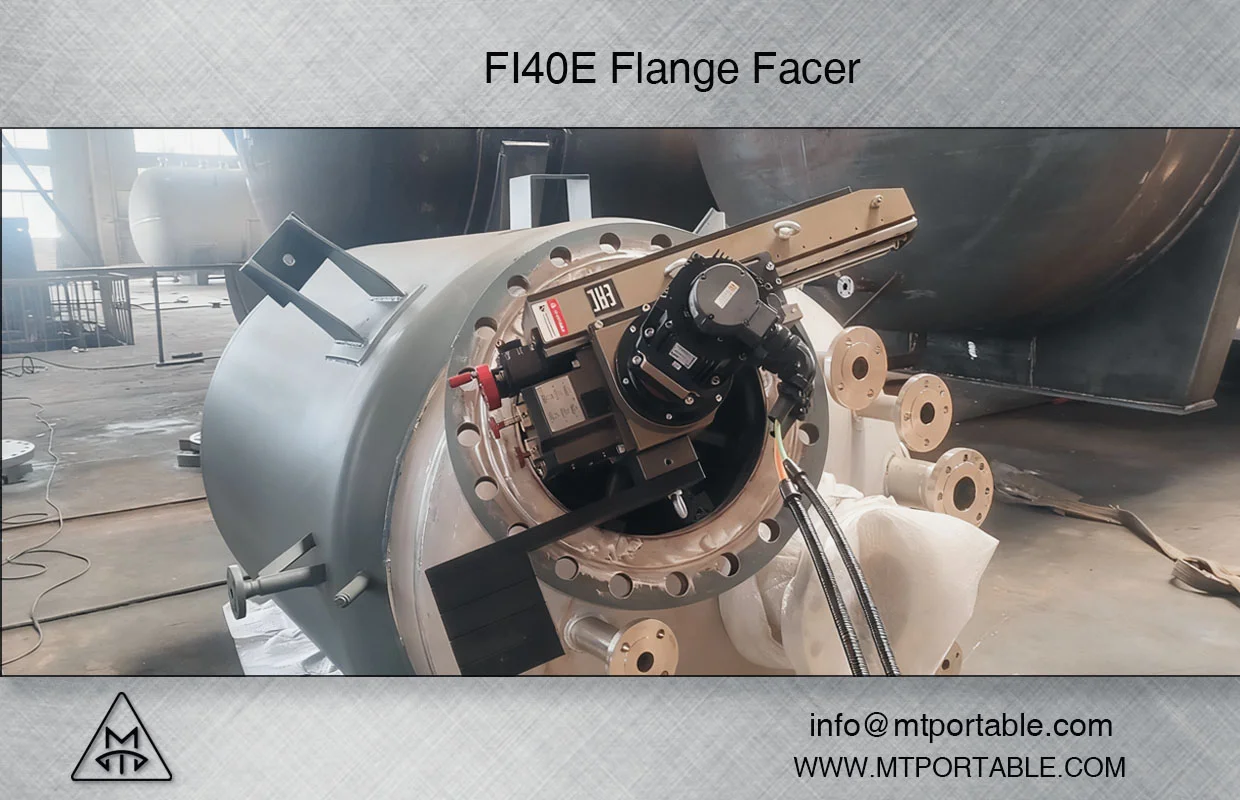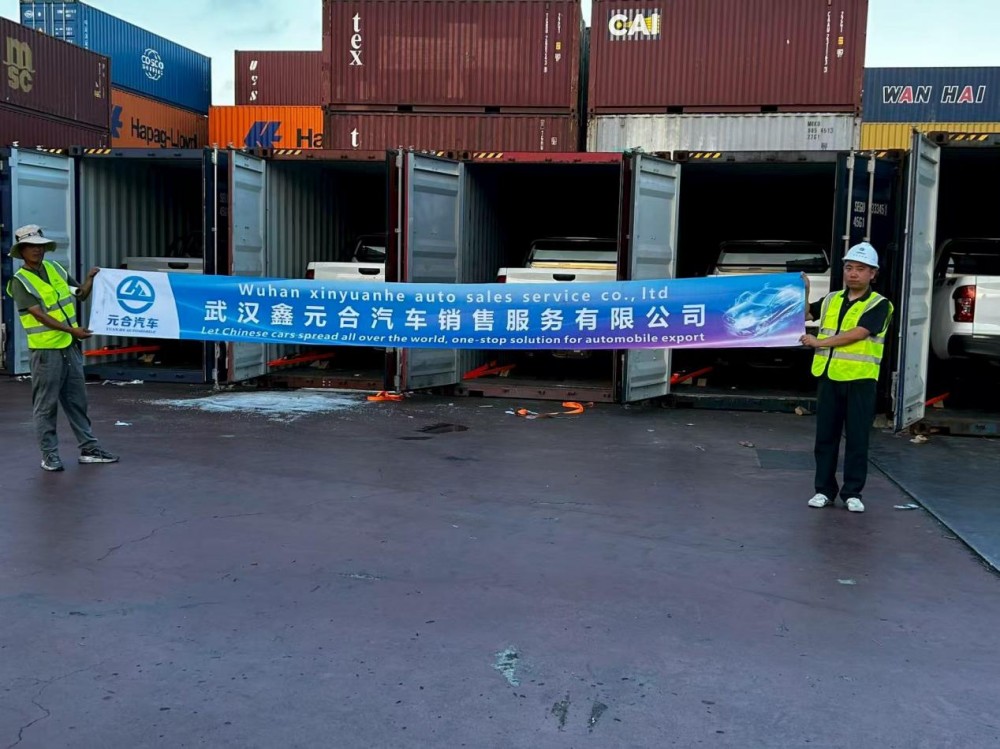In the pharmaceutical industry, the integrity of medications is paramount, particularly for those that require strict temperature control during shipping. The process of shipping medicine that needs to stay cold, often referred to as maintaining the cold chain, is a complex task that demands meticulous planning and execution. This article delves into the best practices, technologies, and regulatory considerations involved in ensuring that temperature-sensitive medications reach their destination safely and effectively.
Understanding the Cold Chain
The cold chain refers to the temperature-controlled supply chain that is essential for the storage and transportation of temperature-sensitive products, including vaccines, biologics, and certain pharmaceuticals. These products typically need to be maintained at temperatures between 2°C and 8°C (36°F to 46°F) to preserve their efficacy and safety. Any deviation from this temperature range can lead to degradation, loss of potency, or even complete spoilage.
Key Considerations for Shipping Cold Medicines
- Regulatory Compliance:
Before shipping, it is crucial to understand the regulatory requirements governing the transportation of temperature-sensitive medications. Organizations such as the FDA in the United States and the EMA in Europe have established guidelines that must be adhered to. These regulations often dictate packaging standards, labeling requirements, and documentation necessary for compliance. - Packaging Solutions:
The choice of packaging is critical in maintaining the required temperature. Here are some effective packaging solutions:
- Insulated Containers: Use insulated boxes or containers designed specifically for temperature-sensitive shipments. These containers often feature materials such as polyurethane foam or vacuum insulation panels that minimize heat transfer.
- Phase Change Materials (PCMs): Incorporating PCMs can help maintain the desired temperature range. These materials absorb and release thermal energy during phase transitions, ensuring that the internal temperature remains stable for extended periods.
- Gel Packs and Ice Packs: Utilizing gel packs or ice packs can provide additional cooling. It is essential to precondition these packs to the appropriate temperature before packing to ensure optimal performance during transit.
- Temperature Monitoring:
Implementing a robust temperature monitoring system is vital for tracking the conditions during transit. This can be achieved through:
- Data Loggers: These devices record temperature data at set intervals throughout the shipping process. They can provide real-time alerts if temperatures deviate from the acceptable range.
- Smart Sensors: Advanced smart sensors can offer real-time monitoring and alerts via mobile applications, allowing for immediate action if temperature fluctuations occur.
- Choosing the Right Carrier:
Selecting a logistics provider experienced in handling temperature-sensitive shipments is crucial. Look for carriers that specialize in cold chain logistics and have a proven track record of compliance with industry standards. Ensure they have the necessary infrastructure, such as refrigerated trucks and temperature-controlled storage facilities. - Planning for Delays:
Delays can occur due to various factors, including weather conditions or customs clearance. It is essential to have contingency plans in place, such as using additional cooling packs or alternative shipping routes, to mitigate the impact of potential delays on temperature-sensitive shipments. - Training and Standard Operating Procedures (SOPs):
Ensure that all personnel involved in the shipping process are adequately trained in handling cold chain logistics. Establishing clear SOPs can help streamline the process and reduce the risk of human error. Regular training sessions and audits can reinforce best practices and compliance with regulations.
Conclusion
Shipping medicine that needs to stay cold is a critical aspect of ensuring patient safety and maintaining the efficacy of pharmaceuticals. By understanding the complexities of the cold chain, adhering to regulatory requirements, utilizing appropriate packaging solutions, and implementing effective monitoring systems, pharmaceutical companies can navigate the challenges of temperature-sensitive shipments. As the demand for biologics and other temperature-sensitive medications continues to grow, mastering the art of cold chain logistics will be essential for success in the pharmaceutical industry.



More Stories
How FAMA Traffic Brackets Ensure Long-Term Stability in Urban Signal Installations
Что такое бесщеточный электрический мотоцикл и почему он становится выбором будущего
Что такое бесщеточный электрический мотоцикл и почему он становится выбором будущего